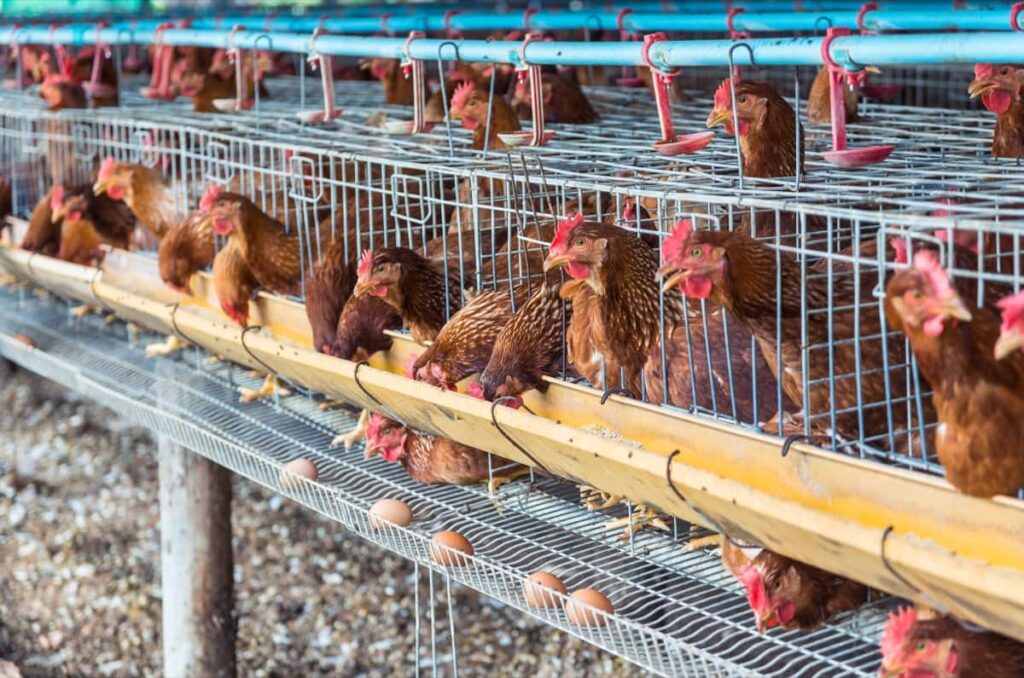
Kenya Farming
Over 30% of the farm gate value of agricultural commodities, 10% of the national GDP, and at least 50% of the agricultural GDP are contributed by the livestock subsector. About 50% of the agricultural labor force is employed in this area. While making up roughly 30% of all agricultural goods that are marketed, domestic livestock also meets local demands for meat, milk, dairy products, and other livestock products. Pastoralism, ranching, and agro-pastoralism are all practiced in the ASALs. Crop wastes make up a sizable percentage of livestock feeds under agro-pastoralism, when farmers combine crop and livestock production.Livestock includes poultry, small ruminants, non-ruminants, dairy and beef cattle, goats, camels, and developing livestock like quail and rabbits. The nation produces 4.6 billion liters of milk from cattle,6.4 million liters from goats and 340 million liters from camels provide Kenyans with a significant source of income.
Low productivity, poor breed characterization, insufficient breeding, insufficient animal husbandry, insufficient extension and advisory services, insufficient feeds and feeding, disease challenges, high input costs, poor market access, and insufficient integration of industry players are some production constraints.
